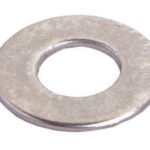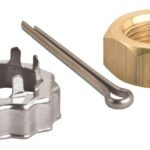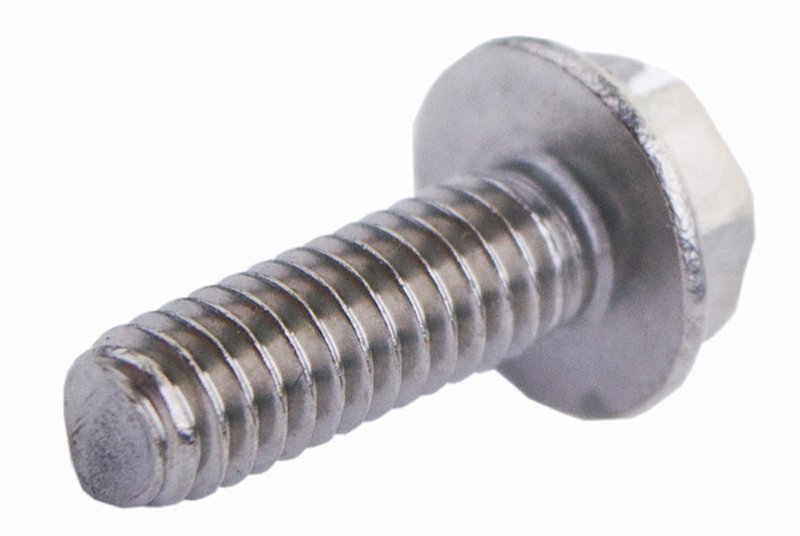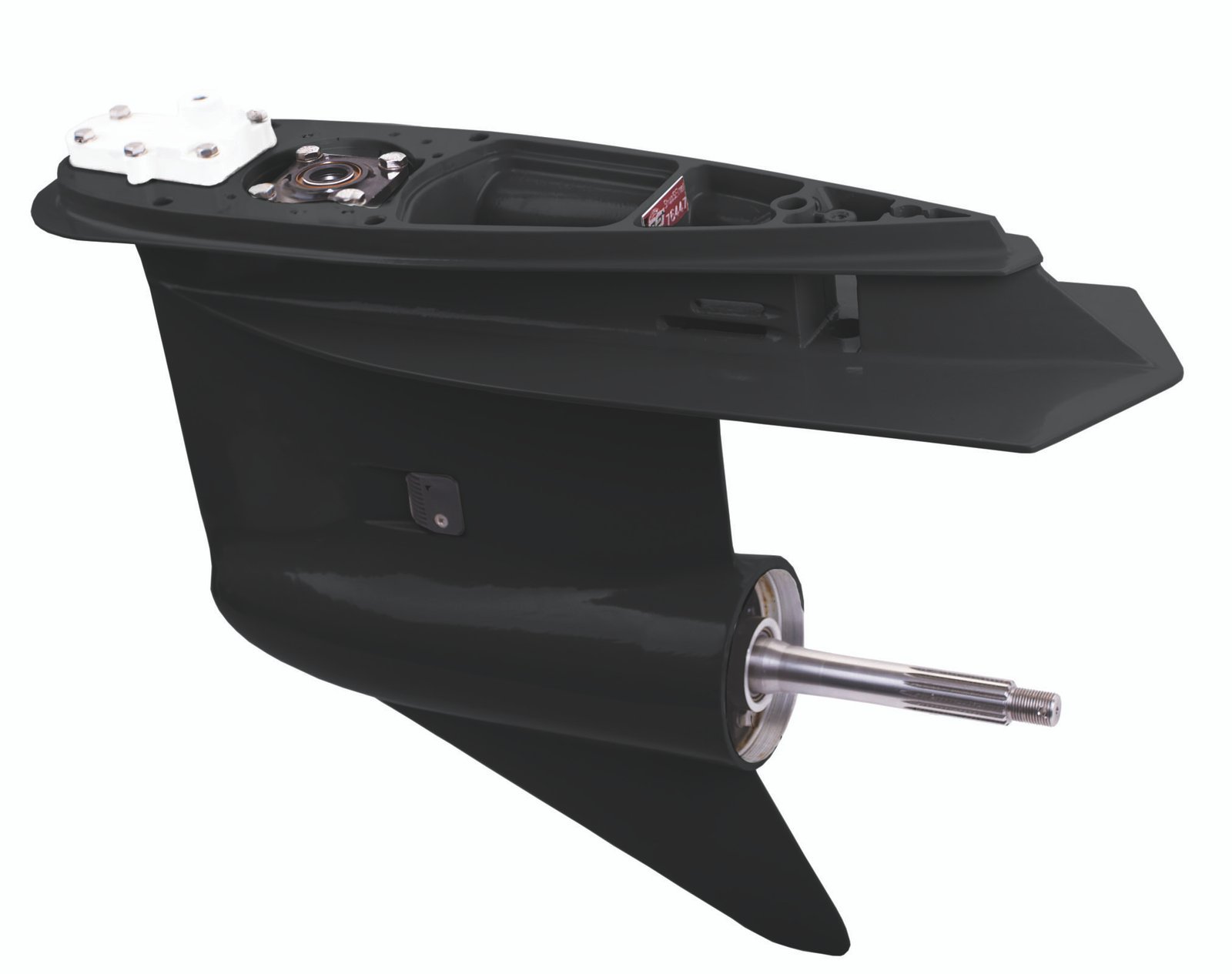
WASHER
March 13, 2024
PROP NUT KIT
March 13, 2024
Description
- Function: The screw with a wedge design is primarily used to create a secure and tight connection between two components by exerting radial force. Unlike traditional screws that rely on threading to hold components together, the wedge screw uses its tapered or wedge-shaped body to create a wedging action, effectively locking the components in place.
- Design: The screw features a tapered or wedge-shaped body with threads along its length, allowing it to be inserted into a pre-drilled hole or recess. As the screw is driven into the hole, the taper or wedge shape applies radial force outward, pressing against the walls of the hole and the mating components. This creates a tight and secure fit, preventing loosening or movement over time.
- Applications: Wedge screws are commonly used in applications where a strong and reliable connection is required, such as securing structural elements in construction, fastening machinery components, or anchoring heavy equipment to concrete or masonry surfaces. They are particularly useful in situations where traditional screws may not provide sufficient holding power.
- Installation: Installing a wedge screw involves drilling a properly sized hole or recess in the mating components and then driving the screw into place using a suitable tool, such as a screwdriver or impact driver. Care must be taken to ensure that the screw is fully seated and that the components are securely clamped together.
- Advantages: The wedge screw offers several advantages over traditional fastening methods. It provides a strong and secure connection without the need for additional hardware such as nuts or washers. Additionally, its wedge-shaped design allows for easy removal and reinstallation, making it ideal for applications requiring frequent disassembly or adjustment.
- Maintenance: While wedge screws generally require minimal maintenance, periodic inspection of the fastened components is recommended to ensure that the connection remains secure and tight. Any signs of loosening or movement should be addressed promptly to prevent potential safety hazards or damage to the assembly.




